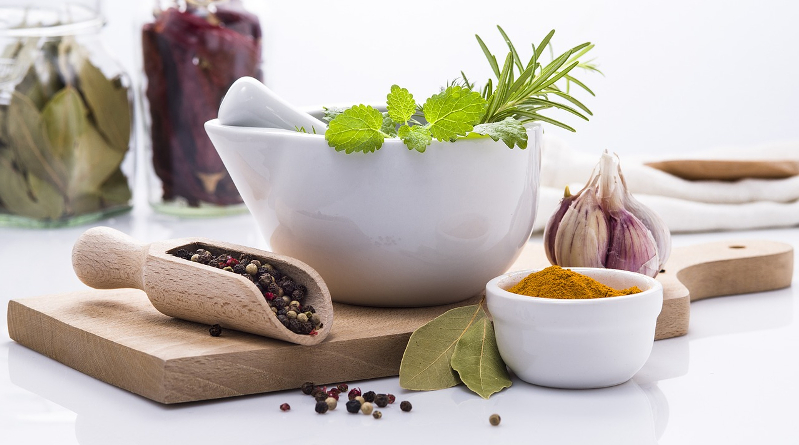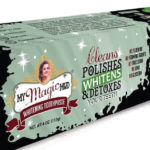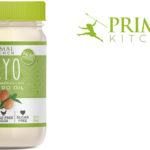How to Use Essential Oils Guide

Essential oils are and important part of a plant, they are a concentrated hydroponic liquid containing volatile aroma compounds from plants. They are also known as volatile oils, ethereal oils aetherolea, or simply as an oil of the plant they were extracted from i.e. oil of peppermint. The term essential is derived from the concept that the oil contains the “essence” of the plant’s fragrance which is the characteristic fragrance of the plant from which it is derived.
The oils are typically extracted by two primary methods: Distillation and Expression. The distillation methods are: water, water and steam, steam, hydro-diffusion(percolation), and hydrosols. Expression is referred to as cold-pressing. Other methods include enfleurage, the use of solvents and CO2.
Sweet Orange oil appears to be the most popular as we can see from the early 199’s data table below outlining the production of oils over 1,000 tons.
Sweet Orange – 12,000
Mentha arvensis – 4,800
Peppermint – 3,200
Cedarwood – 2,600
Lemon – 2,300
Eucalyptus Globulus – 2,070
Litsea cubeba – 2,000
Clove (leaf) – 2,000
Spearmint – 1,300
Essential oils are cultivated from sections of plants. Some plants are sources for several types of oils
|
|
|
Due to their concentrations essential oils are typically not used without a carrier oil. Commonly used carrier oils are the following:
- Almond Oil
- Apricot Kernel Oil
- Avocado Oil
- Borage Seed Oil
- Camellia Seed Oil (Tea Oil)
- Coconut Oil, Fractionated
- Coconut Oil, Virgin
- Cranberry Seed Oil
- Evening Primrose Oil
- Grapeseed Oil
- Hazelnut Oil
- Hemp Seed Oil
- Jojoba
- Kukui Nut Oil
- Macadamia Nut Oil
- Meadowfoam Oil
- Olive Oil
- Peanut Oil
- Pecan Oil
- Pomegranate Seed Oil
- Rose Hip Oil
- Seabuckthorn Berry Oil
- Sesame Oil
- Sunflower Oil
- Watermelon Seed Oil
Research which carrier oil would be suitable for you personal purpose.
Usage
Diffusion
Depending on diffuser type, use as directed.
Aerial dispersion via electric diffusor can be used for:
- Environmental ambiance
- Stress/anxiety reduction
- Insomnia or sleep disorders
- Mood or motivation enhancement
- Increase alertness
- Purify and improve air quality
- Reduce airborne pathogens
Baths
Add 2 – 12 drops (depending on essential oil) into a teaspoon of dispersing agent then add to bath once you are in the bath.
In general, aromatherapy full-body baths are useful to:
- Reduce stress/anxiety
- Alleviate muscular aches, pains, and tension
- Soothe mental or physical fatigue
- Stimulate circulation
- Enhance lymph circulation
- Reduce pain and stiffness
- Increase local circulation
- Improve tone and health of skin
- Aid detoxification
Massage/Body Oil
Massage and/or body oils are a combination of one or more vegetable and/or herbal oils with essential oils.
General Guidlines for Massage Oils
For infants and babies: .5% dilution
For children, the elderly, frail, individuals with health concerns: .5% – 1% dilution
For individuals 12 years or older: 2% dilution
For spot applications: 4% – 10%
Dilution Rates
1/2% dilution 1-3 drops per ounce of carrier
1% dilution 5-6 drops per ounce of carrier
2% dilution 7-14 drops per ounce of carrier
3% dilution 15-18 drops per ounce of carrier
4% dilution 20-24 drops per ounce of carrier
5% dilution 25-30 drops per ounce of carrier
(1 oz is approximately 30ml which is approximately 600 drops)
In general, aromatherapy oil based blends are useful for:
- Stress/anxiety
- Headaches/migraines
- Insomnia
- Chronic or acute pain relief
- Arthritis & rheumatism (sub-acute phase)
- Chronic muscular/joint aches and pain
- Pregnancy and childbirth massage
- Reducing inflammation
- Enhancing immunity
- Relieving muscle spasms
- Relax and soothe the nervous system
- Aid in the treatment of sprains, strains, and repetitive movement injuries
- And much, much more…
Inhalation
Direct inhalation
Direct inhalation refers to the technique of sniffing or inhaling an essential oil directly from a bottle, a handkerchief or a cotton-ball. Direct inhalations are most commonly employed for the relief of emotional distress and as supportive therapy for the relief of respiratory congestion or other respiratory ailments. Direct inhalations are also used for their effect on the nervous system.
Direct palm inhalation
Direct palm inhalation refers to the technique of sniffing or inhaling an essential oil/s or synergy directly from the palms of your hands. Direct palm inhalations are most commonly utilized for the relief of emotional distress, to uplift and transform ones consciousness, or simply to relax and breathe. It can be used as supportive therapy for the relief of respiratory congestion or other respiratory ailments.
Direct from bottle: Create a synergy (undiluted essential oils) utilizing 3-5 essential oils and place in a small bottle. Have client waft bottle under nose while taking deep inhalations. This can be done 3-4x a day or as needed.
Smelling salts: Create a synergy with a total of 20-30 drops utilizing 3-5 essential oils and place in a 10ml (1/3 ounce) bottle. Once the synergy is in the bottle, fill the remainder of the bottle with either fine or coarse sea salts. Have client waft bottle under nose while taking deep inhalations. This can be done 3-4x a day or as needed.
Handkerchief/Cotton-ball: Place 2-4 drops of essential oil or synergy on the tissue or cloth. Hold cloth in the palms of your hand and take 2-3 deep inhalations through the nose. If using a cotton ball, gently waft the cotton ball under the clients’ nose. This technique can be used 2-3x a day or as needed.
Inhaler tubes: Inhaler tubes are designed using 100% essential oil/s saturated on a cotton pad. **NOTE: Please be sure to use organic cotton pads. You can purchase these at a local health food store and cut the desired size to fit tube. Cotton is considered a ‘dirty’ crop, meaning it is heavily sprayed with pesticides. It is recommended to replace the cotton pad that comes in the tube with a certified organic cotton pad.
To make: Choose 2-3 essential oils to work with based upon a specific purpose. Decide how many drops of each essential oil so it adds up to 15 to 25 drops. Place drops of each essential oil in a small glass bowl/cup then place pad from inhaler into the bowl to absorb the essential oils. Use tweezers to move pad around a bit and then remove pad with tweezers and place in inhaler tube. Close inhaler tub and it is ready for use.
In general, Inhaler tubes or smelling salts are useful for:
- Relieve stress
- Uplift mood
- Relieve nausea
- Support hormonal balance
- Support healthy breathing
- Reduce nasal congestion
- Emotional support
Steam inhalation
Place 3-7 drops of essential oil into boiling water. Some essential oils to consider include: Eucalyptus sp. (either E. globulus or E. radiata), Thyme ct. linalol (Thymus vulgaris), Lemon (Citrus limon), and Tea tree (Melaleuca alternifolia). Cover head with towel and breathe through the nose. Keep eyes closed!
Steam inhalations are indicated for:
- Congestion in upper respiratory tract (cold or flu)
- Sinus infection or sinusitis
- Enhancing respiratory function
Sources & References:
- Wikipedia
- National Association for Holistic Aromatherapy
- Aromaweb
- Essentialthree






